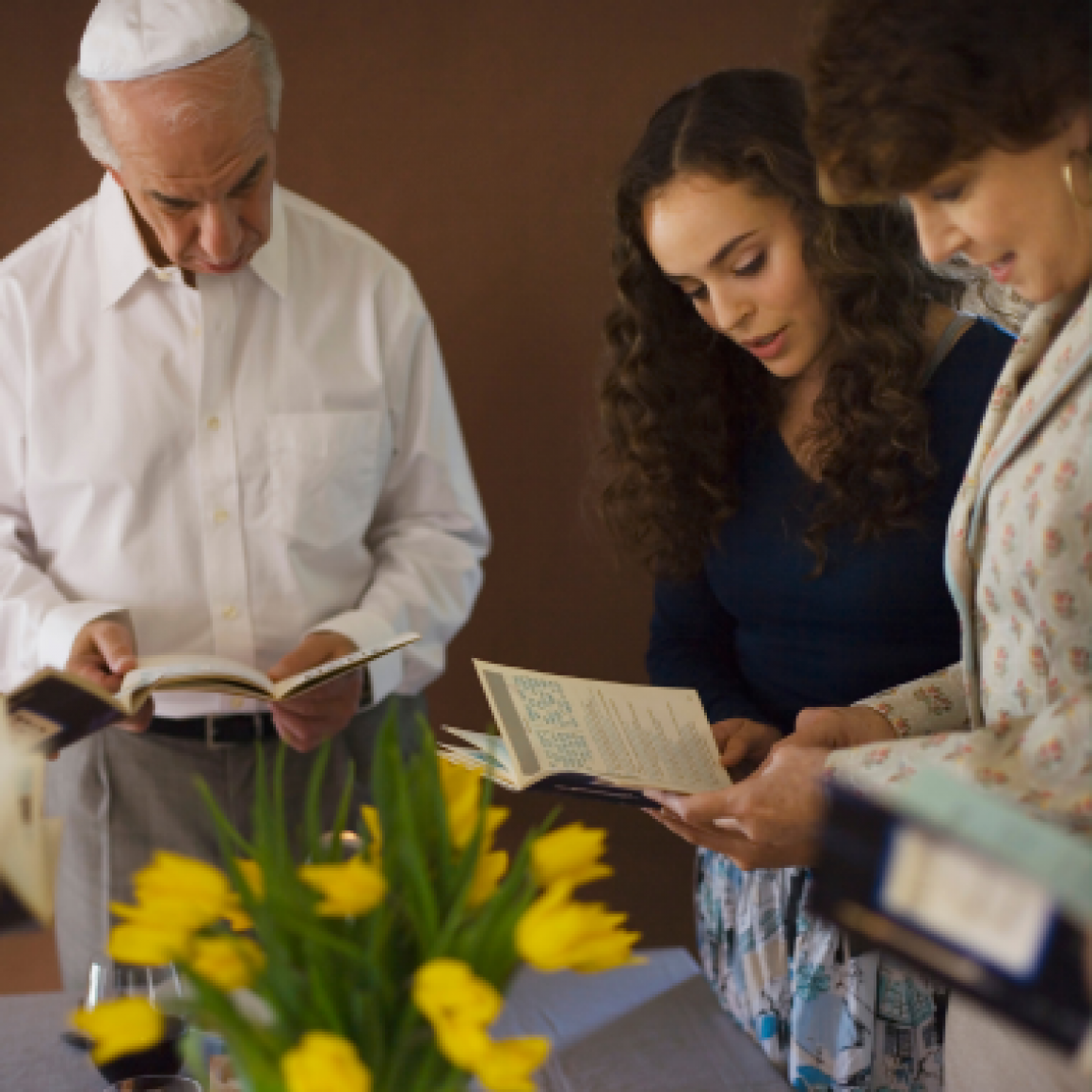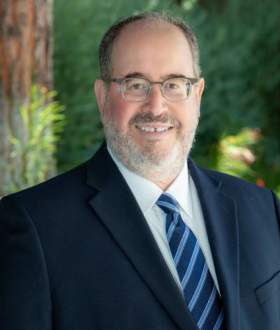
Simchat Torah - Spread the Word
by Rabbi Jim Rogozen
Living seamlessly with Google and email, it’s hard for us to imagine a time when spreading information, including the word of God, was limited by distance as well as materials.
In the absence of printing presses, the earliest dissemination of Torah knowledge was almost entirely accomplished in person, the longest-lasting “format” being the public reading of the Torah.
In ancient Israel the practice was to divide the Torah (Pentateuch = Five Books of Moses) into 154 sections (each section called a sidra) and to read one sidra a week on Shabbat in the synagogue over a three year period. The three-year cycle ended with a celebration we now call Simhat Torah, though the actual holiday was Shemini Azeret (“the 8th day of Assembly”) which falls on the day after Sukkot. During the Middle Ages the three-year (triennial) cycle was eventually re-formatted into an annual cycle, with an entire parasha (3 sidrot) read each week, thus providing us a chance to celebrate Simhat Torah every year. While some communities stayed with the triennial cycle until the 17th century, it is now mainly found in Conservative congregations in a combination form (i.e. a third of each parasha is read each week: the first third is read during year one, the second third during year two, etc.) with an annual Simhat Torah celebration marking the end of that year’s “third”.
The Rabbis in the Talmud believed that constant exposure to God’s word was important. They taught that just as a person could not go more than three days without water, a Jew should not go more than three days without a scheduled Torah reading. Thus, Torah reading was established not just for Shabbat, but for Mondays and Thursdays, and holidays as well. In addition, the Rabbis insisted that Jews review the parasha during the week, along with a translation or commentary, so that the Shabbat morning Torah reading would be adequately absorbed prior to its complete public reading in synagogue. Professor Joseph Lukinsky, my teacher at the Jewish Theological Seminary, taught that this practice would impact Jews in two ways. First, the parasha would be “alive” for a person throughout the week, informing his/her everyday decisions. Second, the Torah portion, already having been studied and analyzed piece by piece during the week, would have “maximum impact” on the listener when read “as a whole” in public.
Whether we read from a scroll, or scroll through a web site, the variety of ways all Jews can now access our Tradition adds yet another reason for our joy at Simhat Torah.

